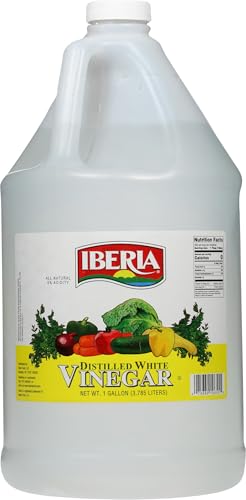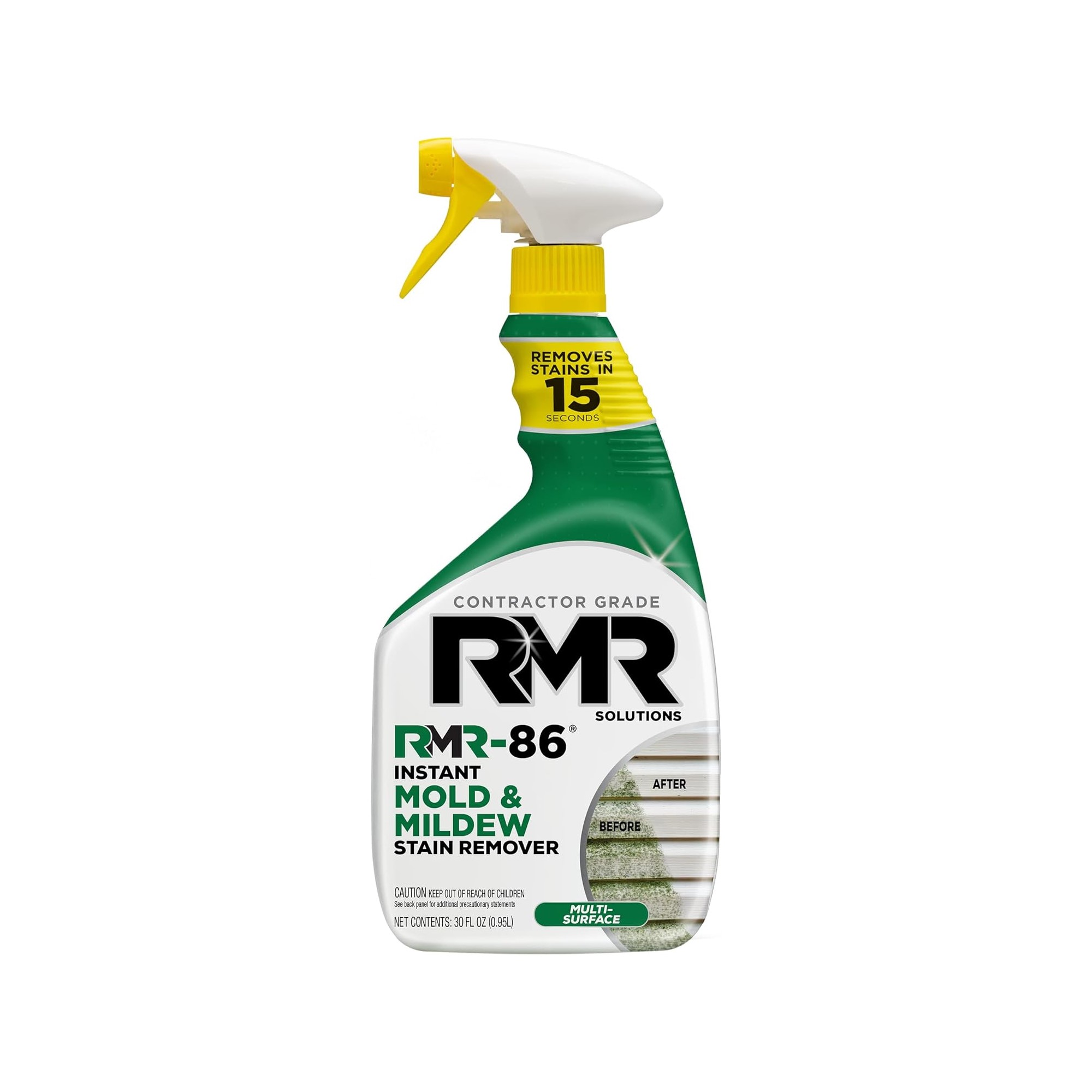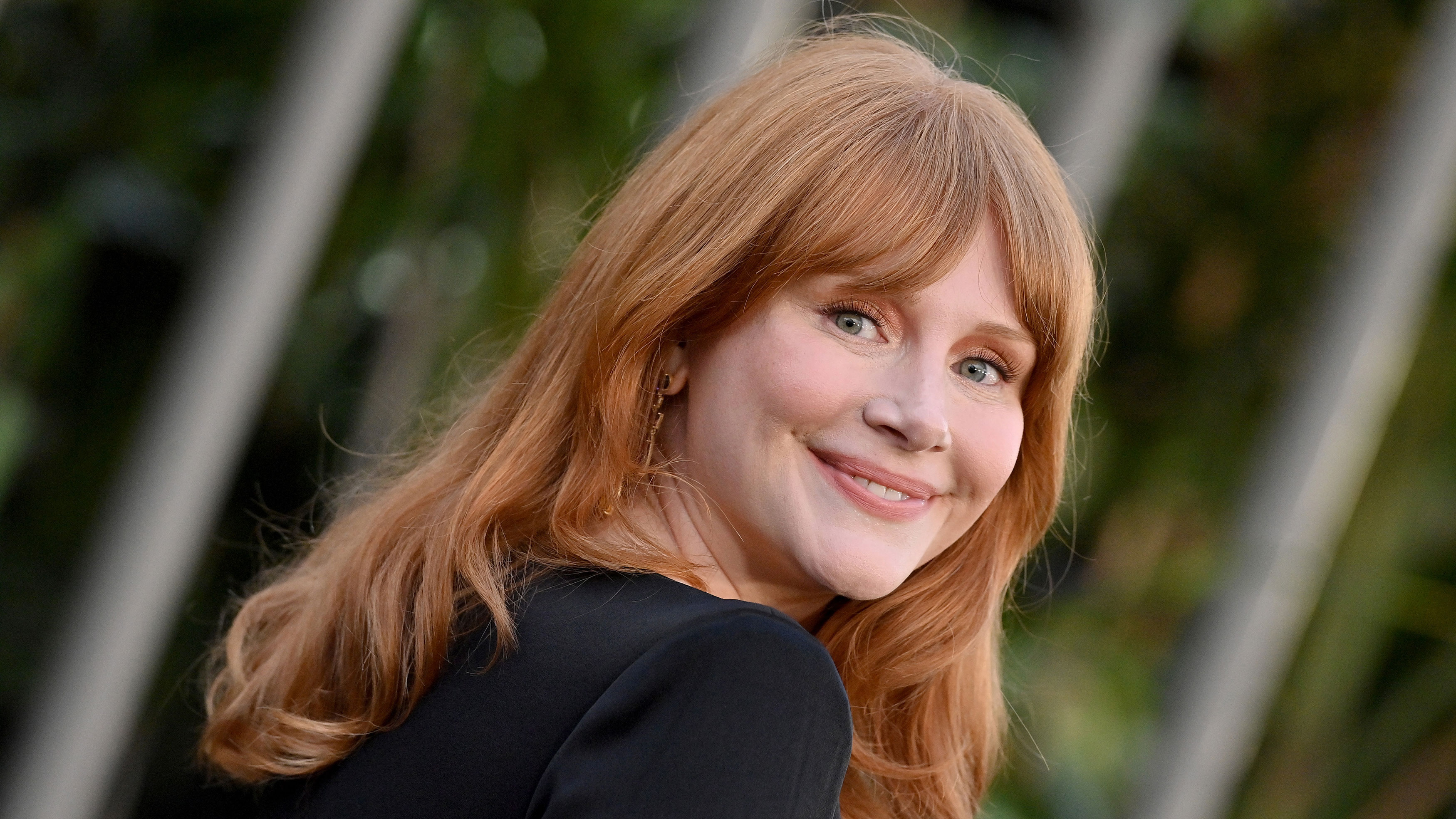How to clean mold in air vents like a HVAC pro – plus, why it happens and how to prevent a recurrence
All you need to know about cleaning mold in air vents while stopping further growth


Mold in air vents is a serious problem that should never be ignored and it can creep into air vents, which compromises the quality of your home's air.
Most of us are pretty sensitive to mold and can feel it’s presence even if we can’t see it. A persistent sharp, damp smell in a house is a telltale sign of mold growing somewhere. Many a homeowner has discovered, with an understandable sense of horror, that the damp smell is coming from the air vents.
If the problem is confined to the air vent and hasn’t spread to the ductwork of your AC system, you can get rid of mold in air vents yourself. Here's how to do this, and how to prevent a recurrence of this issue in the future.
How to clean mold in air vents yourself
Follow the advice of experienced HVAC professional Doug Flader, who told me all you really need to clean mold in air vents yourself is ‘a mild bleach and water solution.’ That’s it.
Other methods to clean mold from your vents that suggest using a HEPA vacuum will only double or triple the complexity of the task, as you'll need to pull apart and thoroughly disinfect your best best vacuum to remove mold and spores.
Meanwhile, soap and water is not effective for removing mold. The most soap will tackle is the surface staining and debris, so cleaning vents that have mold with soap will likely lead to a recurrence down the road.
What you'll need for cleaning mold off your vents with a mild bleach solution are all available from Amazon:
- A scrubber sponge and a cloth (if you don’t mind throwing it away afterwards, otherwise use absorbent paper towels)
- A face mask
- Safety glasses and a stepladder if cleaning a ceiling vent
- Household gloves
- Bleach (one cup of bleach to one gallon of water will give you the right ratio)

Switch off your air flow while doing this so bleach fumes are now blown into your face. Then, disassemble your vent by unscrewing the grill. Depending on the size and structure of the vent, you can either soak it in the bleach solution for 15 minutes or apply it with a sponge or microfiber cloth. Wear gloves and roll up your sleeves to protect your skin and clothes, and you use it to wipe away the mold, use a damp clean cloth to remove the bleach solution as inhaling it will be harmful.
When using bleach to kill mold, it's vital to know how to do it safely and effectively. Bleach is powerful and Doug recommends being ‘cautious when disassembling or cleaning around screws to avoid damaging your system.’
Do not use bleach on metal screws as it is a corrosive agent.
Once you’ve wiped or scrubbed off all the mold, dry off the vent with paper towels or a fresh cloth. This will remove any remaining bits of mold and bleach residue.
Do not keep the sponge, cloth, or anything else you used to scrub off the mold. these should go straight into a trash bag and outside because there will be mold spores on them.
If you are cleaning a ceiling vent, place some old newspaper or a plastic sheet on the floor to catch falling dust and debris.
Using vinegar instead
If the harshness of bleach and the accompanying fumes and smells are not for you, that's totally understandable. Vinegar is very effective in killing mold, and once dry, the pungent smell completely disappears.
Punteha van Terheyden, head of Solved at Homes & Gardens says, 'Make a 50/50 mix of vinegar and water. Either soak your moldy vent, or pop into a spray bottle and spritz your vent fully, and wipe away. If soaking, leave for an hour. If wiping, you might need several applications depending on the amount of mold growth you're dealing with.'

Punteha uses vinegar for cleaning all around her home and highly recommends buying in a bulk size bottle. 'I use it in my laundry, to tackle limescale, for my DIY cleaning solutions, to deodorize naturally, and removing sticky residues.'
If mold has spread into the ducts, it's time to call a pro
If, after removing the air vent, you can see that mold has spread further into your ventilation system, do not attempt removing it yourself. It's time to call a professional in for help.
Jim Thoma, VP of Operations at AdvantaClean, warns that removing mold from ventilation duct work yourself can be ‘dangerous’, ineffective’, and potentially expensive. He says, ‘depending on how severe the mold is, some ducts and parts may even need to be replaced. This can turn into a costly venture if done incorrectly.’

This scrub-free formula relies on Sodium hypochlorite, or chlorine bleach, for its powerful mold removal capabilities. This is strong stuff, so be careful when applying and removing. As with regular bleach, do not use on metal parts.
FAQs
Why does mold occur in air vents?
According to Jim Thoma, there are three main reasons why mold can grow in air vents:
- A poorly maintained HVAC system, which can include ‘Too much water in the condensate pan or a dirty coil’.
- Water leaks from the roof or surrounding pipes, which ‘can introduce moisture into the system, leading to mold growth.’
- Excessive humidity (either by foreign water or naturally occurring humidity). Humidity ‘creates the perfect environment for mold to flourish.’
How can I prevent a recurrence of mold in air vents?
According to Doug Flader, ‘Using an exhaust fan helps reduce humidity levels and improve airflow, minimizing the chance of mold growth.’
Fixing any leaks that may affect your HVAC system is also essential, as is controlling the overall humidity level in your home.
Finally, get your HVAC system serviced. Jim Thoma explains that ‘Keeping up with routine maintenance and inspections can also help prevent mold, as regular cleanings can remove contaminants mold thrives on.’
Cleaning mold in air vents is typically easy and requires little more than a bleach solution and regular cleaning aids you have at home. However, beware of trying to remove mold that has spread to the duct work. Save yourself the hassle and potential further expense, and call a professional.
Next, learn about the common types of mold in the home.
Sign up to the Homes & Gardens newsletter
Design expertise in your inbox – from inspiring decorating ideas and beautiful celebrity homes to practical gardening advice and shopping round-ups.

Anna is a professional writer and academic. She taught English Literature for several years before joining Future where she wrote for Real Homes, Homes & Gardens and Livingetc for four years. She is a regular contributor for Parade Home, BiggerPockets, and many other publications. In her spare time, Anna enjoys hiking and gardening.
-
 Bryce Dallas Howard's bedroom is the most creative, social space in her entire home – she uses 'conversational seating' to create a multifunctional 'salon'
Bryce Dallas Howard's bedroom is the most creative, social space in her entire home – she uses 'conversational seating' to create a multifunctional 'salon'The actress's bedroom doubles as a home office thanks to its clever layout and furnishings, proving that this area is much more than a sleep space
By Hannah Ziegler
-
 7 questions to ask yourself before moving house – realtors promise answering these questions will prevent buyer's regret
7 questions to ask yourself before moving house – realtors promise answering these questions will prevent buyer's regretDon’t make your move harder, ask these questions before moving to avoid mistakes
By Chiana Dickson
-
 I've spent over 200 hours testing vacuums and swear by my two Dysons – this is how I properly clean a Dyson vacuum filter for longer-lasting appliances
I've spent over 200 hours testing vacuums and swear by my two Dysons – this is how I properly clean a Dyson vacuum filter for longer-lasting appliancesYour Dyson vacuum will last much longer and clean at its best
By Dan Fauzi
-
 Do cleaning products expire? Professional cleaners warn time could make them ‘less effective, and in some cases, irritating to use’
Do cleaning products expire? Professional cleaners warn time could make them ‘less effective, and in some cases, irritating to use’For the best results, it pays to stay on top of the timeline of your cleaning products
By Chiana Dickson
-
 How to clean a patio – 6 different methods, and when you must use a chemical cleaning agent
How to clean a patio – 6 different methods, and when you must use a chemical cleaning agentFrom manual scrubbing, natural solutions or calling in the pros, industry experts reveal the benefits and considerations of each method
By Andy van Terheyden
-
 5 surprising but brilliant ways to clean with old socks – from perfectly buffing stainless steel to deterring pests naturally and more
5 surprising but brilliant ways to clean with old socks – from perfectly buffing stainless steel to deterring pests naturally and moreTackle dust in tricky corners, clean your mirrors and even banish bad odors with those rogue single socks
By Andy van Terheyden
-
 5 things people with clean upholstery always do – they're simple, quick and oh-so-effective
5 things people with clean upholstery always do – they're simple, quick and oh-so-effectiveEnsure your furnishing looks clean year-round with these expert tips
By Seraphina Di Mizzurati
-
 'Wick away the ick' – 6 things people with clean laundry rooms always do to make this hardworking space shine
'Wick away the ick' – 6 things people with clean laundry rooms always do to make this hardworking space shineThese tips on how to clean your laundry room will banish grime
By Seraphina Di Mizzurati
-
 How safe are carpet deodorizers? As a seasoned vacuum tester, I urge you to try alternative methods
How safe are carpet deodorizers? As a seasoned vacuum tester, I urge you to try alternative methodsNatural cleaning is always the answer
By Dan Fauzi
-
 'The world will not end' – 5 cleaning habits to quit for a happier, easier life, and what to do instead
'The world will not end' – 5 cleaning habits to quit for a happier, easier life, and what to do insteadGet your home sparkling, minus the stress
By Ciéra Cree